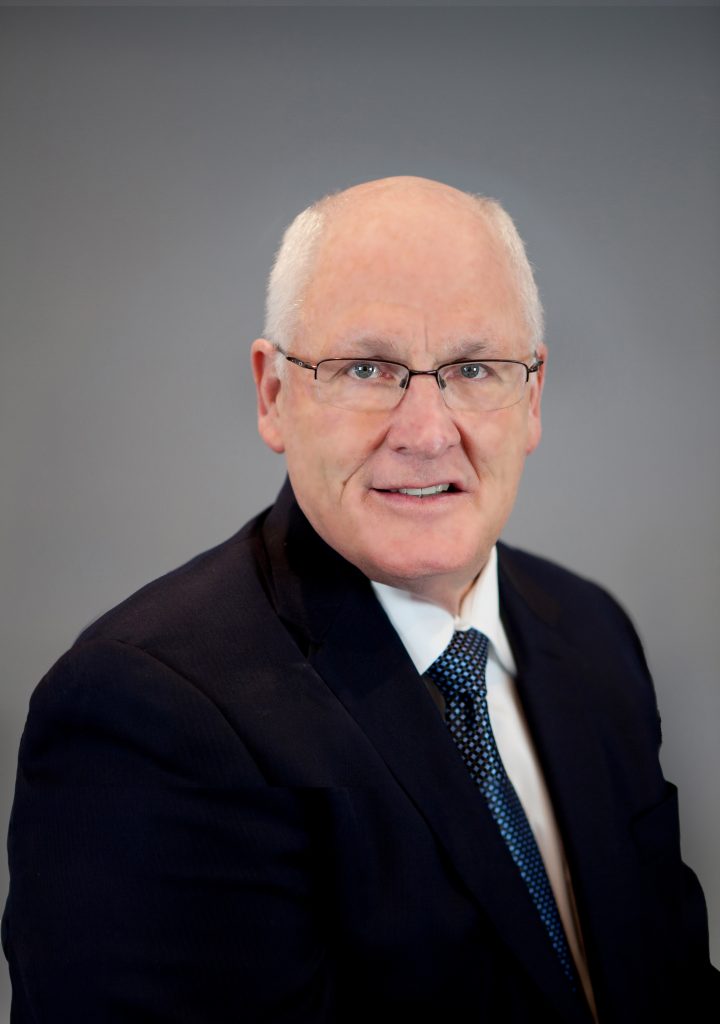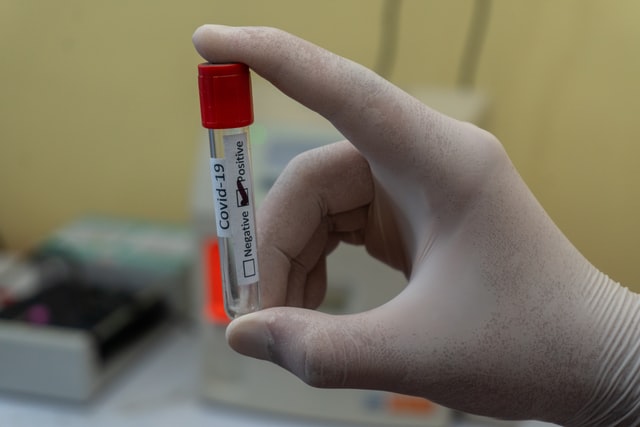By Joseph Jarvis, Contributor | Guest Opinion for the Deseret News | Mar 13, 2020
A close personal friend recently asked me why people and governments are so anxious about the coronavirus now spreading across the world. Because I am a physician and former state public health officer, she knew I would have an informed viewpoint. She pointed out that flu viruses happen every year and often kill more people than have died thus far from COVID-19.
She’s right — the flu has infected 34 to 49 million Americans so far this flu season, with 350,000 to 620,000 hospitalizations and 20,000 to 52,000 deaths. In contrast, as of Friday March 13, COVID-19 has more than 142,700 confirmed cases worldwide and 5,374 deaths. Despite far fewer cases, so far, COVID-19 has been declared a global pandemic by the World Health Organization. So why is COVID-19 is getting far more attention than the flu?
As with all communicable diseases, not every person who is exposed to this virus actually acquires an infection. Of those who become infected, not all become ill with symptoms. And only a portion of those patients who experience symptoms die from the disease. Observations made in China indicate that people who acquire the infection may go up to two weeks before first experiencing symptoms. During most of that time, it appears they may be contagious. Additionally, it appears that many people who never develop symptoms may be able to pass the virus on to others. These facts lead to some alarming back-of-the-envelope calculations.
As of Thursday, there have been approximately 40 deaths in the United States due to COVID-19. The risk for death among the patients with COVID-19 varies by age and other factors, but for the purpose of estimating the near-term impact of this virus on the U.S. population, it seems reasonable to estimate that around 1% of the ill will die. Thus, for every one of the 40 deaths the U.S. has so far experienced, we can assume that 200 others were infected and symptomatic — 4,000 in total. And since not all infected persons — perhaps only 20% — with the virus become ill, multiplying the number of cases of disease by five provides an estimate of 20,000 total infected Americans in mid-February. If that number doubles each week, as it has in China, prior to the lockdowns, by this past weekend there were 80,000 infections in the U.S. By the end of April there could be over 5 million infected Americans.
Based on estimates like these, a Harvard epidemiologist on CBS News stated that 40%-70% of the world’s adults will be infected by this virus, and millions will die. And that is why public health scientists are much more worried about COVID-19 than they are about the flu. But let’s be clear — this virus is not going to end civilization as we know it, and public health measures may yet reduce the ultimate impact of this epidemic.I urge everyone to comply with any directives coming to us from official channels, from mundane reminders about handwashing to emergency restrictions on travel and public meetings.
As a public health physician, I urge everyone to comply with any directives coming to us from official channels, from mundane reminders about hand-washing to emergency restrictions on travel and public meetings. And once this epidemic has passed, let’s ensure that our elected officials will never again leave us so vulnerable to an epidemic threat by underfunding our federal, state, and local health agencies. For decades, we Americans have been guilty of putting public health as our lowest priority. This epidemic should teach us all to fully staff health agencies and stockpile resources when times are good — because we can never know when the next outbreak will occur, and we need to be ready when it does.
And finally, let’s admit that our poor quality, high cost, chaotic health care system is itself a major contributing factor to the spread of disease. When people can’t afford health care —whether they’re uninsured, underinsured, or simply have too high of a deductible — they avoid bringing symptoms to the attention of doctors and nurses early in the course of disease, when preventive measures are most effective. And that means many more of us become infected and die. A state-based single-payer health care system would ensure that America’s response to the next epidemic will be far better than our response to this one.

Joseph Q. Jarvis, M.D., Salt Lake City, is a public health physician and the author of three books, The Hope of the Promise: Israel in Ancient and Latter-days, The Purple World: Healing the Harm in American Health Care, and, What the Single Eye Sees: Faith, Hope, Charity, and the Pursuit of Discipleship.

